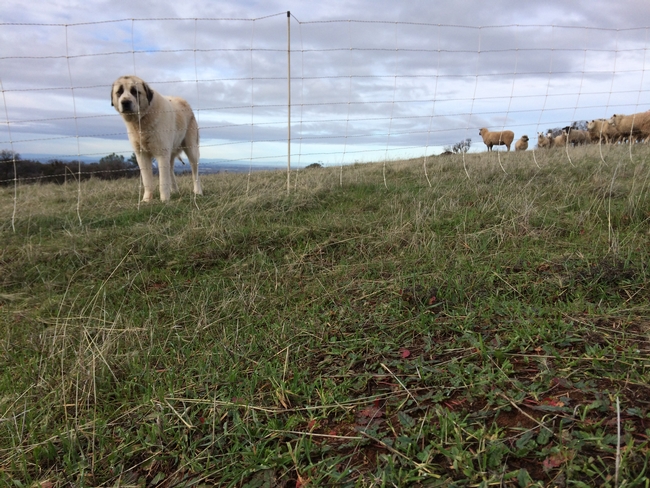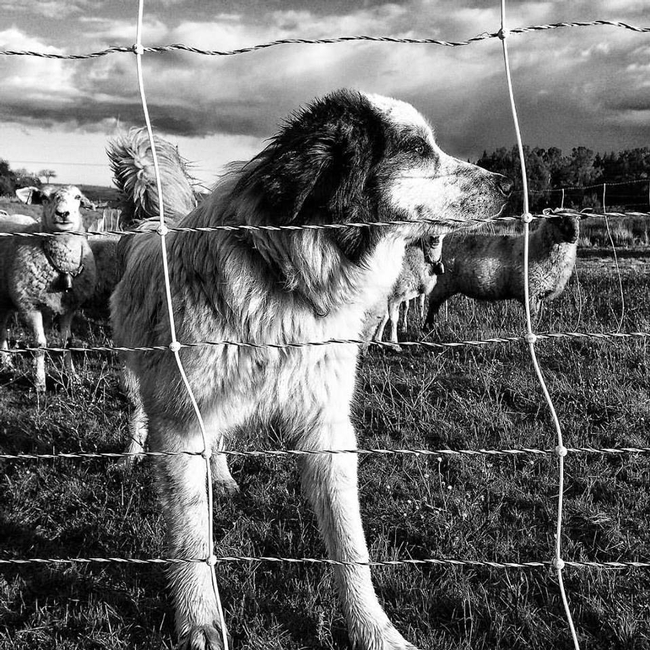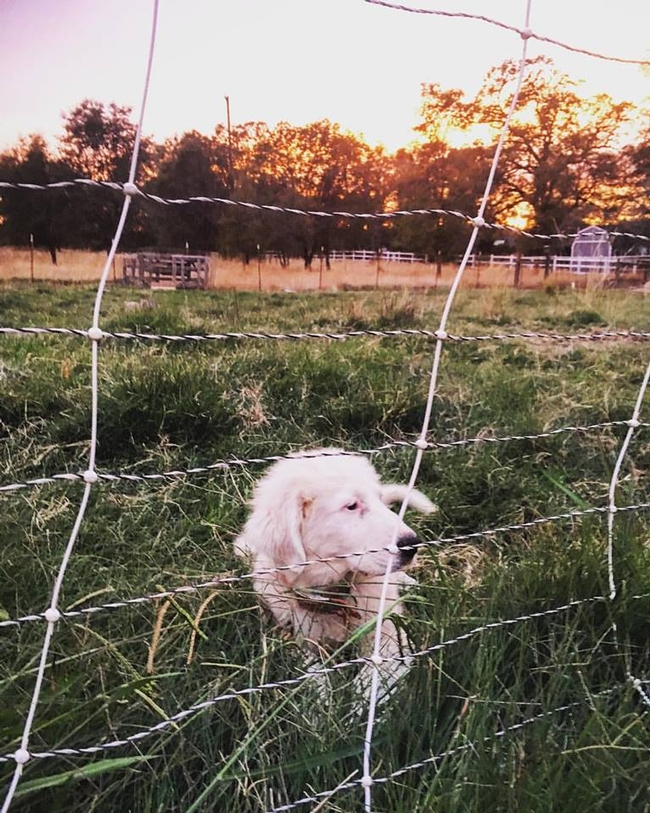
Demonstrating these attributes is equally difficult, though for different reasons. Measuring the efficacy of LGDs (or any nonlethal tool) is challenging because we can't measure what doesn't happen. I have no way of knowing how many lambs were not killed by predators because of a specific tool. Furthermore, my situation (in terms of habitat, sheep behavior, dog behavior and predator behavior) may be very different than my neighbor's. Similarly, demonstrating behavior is difficult in any kind of real-world setting. Watching a dog napping at midday is not very interesting for most of us. In the 12 years we've used LGDs in our sheep operation, I've never observed any direct interaction with a predator.
In light of these difficulties, I've started forming a plan for obtaining information that will help producers (and others) understand how LGDs work in different environments, as well as the economic and management considerations involved in using LGDs. With help from colleagues at UC Davis, UC Cooperative Extension, and other universities, I'm building GPS collars that will allow us to record LGD and sheep movement remotely. We'll also use game cameras to see if we can detect predator (or other wildlife) presence in the vicinity of the dogs. After I test these systems in our own sheep enterprise, I intend to work with other producers representing a variety of environments and management systems. My hope is that we'll be able to observe these dogs at work, as well as their interactions with sheep, using GPS in a variety of settings.
The second element of this project will provide a case study in the development and use of a specific dog. Earlier this week, I acquired an eleven-week-old male Pyrenees x Akbash puppy from Dr. Fred Groverman, a sheep producer in Petaluma. While Elko (as we've named him) will eventually go to work in our flock, I will document the training, management and expense involved in purchasing, developing and deploying a LGD pup. My intent with this part of the project is to regularly post information about Elko's development (both successes and challenges). I'll also post short videos on a regular basis to document his development and behavior.

Many of us refer to LGDs as livestock protection "tools." As biological (rather than mechanical) tools, however, using a LGD effectively is much more complicated than using a hammer! I'm hopeful this project will help all of us gain a better understanding of how these dogs work!